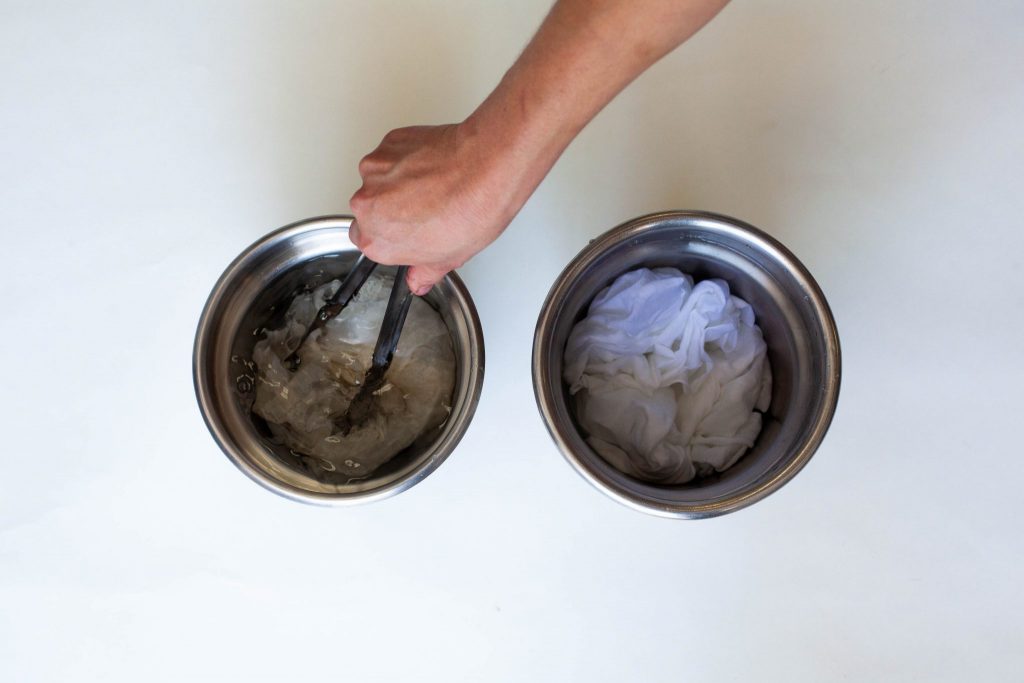
For World Water Day on March 22, 2024, we wanted to shine a light on 12 ways to natural dye and protect our water. As natural dyers, we have so many ways we can tackle these issues from collecting and reusing water creatively to simply stopping using hazardous pesticides as we grow our beautiful dye plants.
This year’s theme of World Water Day 2024 is ‘Water for Peace.’
From the World Water Day 2024 site:
“When we cooperate on water, we create a positive ripple effect – fostering harmony, generating prosperity and building resilience to shared challenges.
We must act upon the realization that water is not only a resource to be used and competed over – it is a human right, intrinsic to every aspect of life.
This World Water Day, we all need to unite around water and use water for peace, laying the foundations of a more stable and prosperous tomorrow.
And while we need to think globally, what would happen if you acted locally? What are some ways you could use your dyeing to make noise?”
Well, we have a few ideas for you natural dyers….
Here are 12 ways you can natural dye and preserve as well as conserve water!

Look for creative ways to collect rainwater (think rain barrels and dehumidifiers): Do you remember when Jamie Bourgeois and Madeleine McGarrity were on FEEDBACK FRIDAY talking about madder and water quality? THAT was a game-changing presentation. Not only did we get to consider how water quality (pollution from Louisiana’s Cancer Alley) affected color, we got to see how water taken from a pond, a rain barrel or even a canoe sitting out in the rain changed the color. How can you use alternative water sources to tell a local environmental story?
Can’t help it, going to plug my own project using wastewater to grow dye plants. Plants love poop and pee. See image of madder roots in hydroponically-grown plants in wastewater.
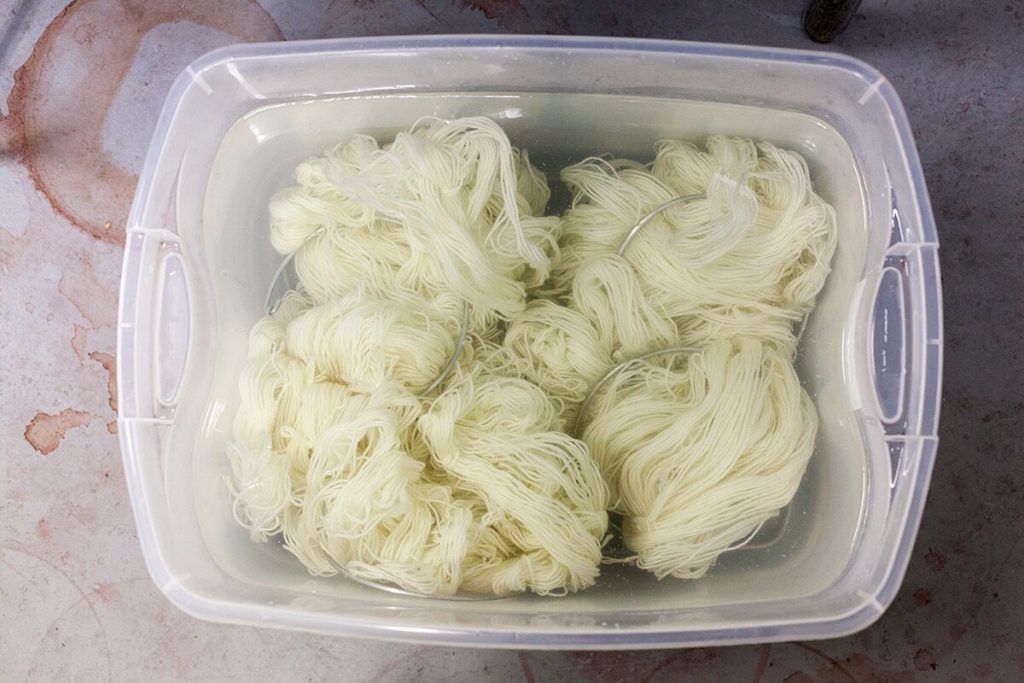
Recharge your mordant baths: If you are mordanting with aluminum sulfate or aluminum acetate, your mordant bath may be reused between 2 and 7 (or some tell us more) times. For example, if we used 10 grams (2 teaspoons) of aluminum sulfate to mordant 100 grams of fabric, we would recharge the alum bath with 5 grams (1 teaspoon) for the second bath, and another teaspoon for the third bath. When the alum bath looks milky or cloudy, or has a lot of clumpy things floating in it, it’s time to draw a fresh mordant bath. Some of our diehard water conservers skim out the jellyfish and keep using the bath with great success.
You might also want to try out our newest (cold water) mordant, aluminum triformate.

Don’t overfill your dye pots, and reuse your dye bath water: When drawing water for a dye bath, use the least amount of water possible so that the fibers can move in the dye bath. Many dye recipes recommend a fiber to water ratio of 1:20 or 1:30, which means 1 gram material to 20 grams water. This reduces both water and heating requirements. Plan on using your exhausted dye baths to dye additional fabrics, and if the dye bath is nearly clear, consider using the dye water for your next color. Of course, if you are painting, printing or bundle-dyeing, your water requirements are much lower than for immersion dyeing.
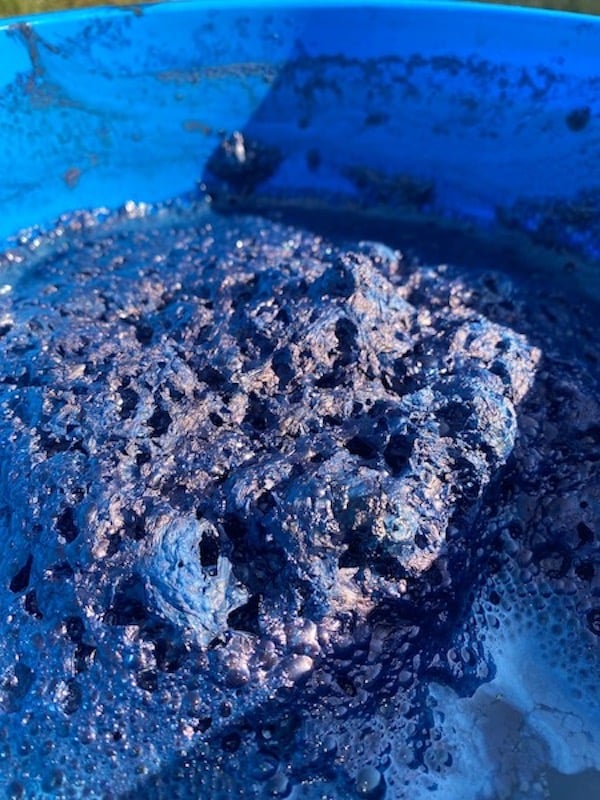
Dry fibers before washing: Let fibers get bone dry prior to rinsing and much of the dyestuff remains in the fiber instead of rinsing down the drain. With this trick, you rinse less and use less water. Be aware that protein fibers dipped in indigo vats should be rinsed fairly soon after their final dip as the alkaline indigo vat can damage protein fibers if not rinsed off. If you can’t wait for things to dry before rinsing you can also spin or squeeze out excess dye water from the goods, then proceed to rinsing. Again, you are getting rid of the water within the textile which allows you to rinse more efficiently.
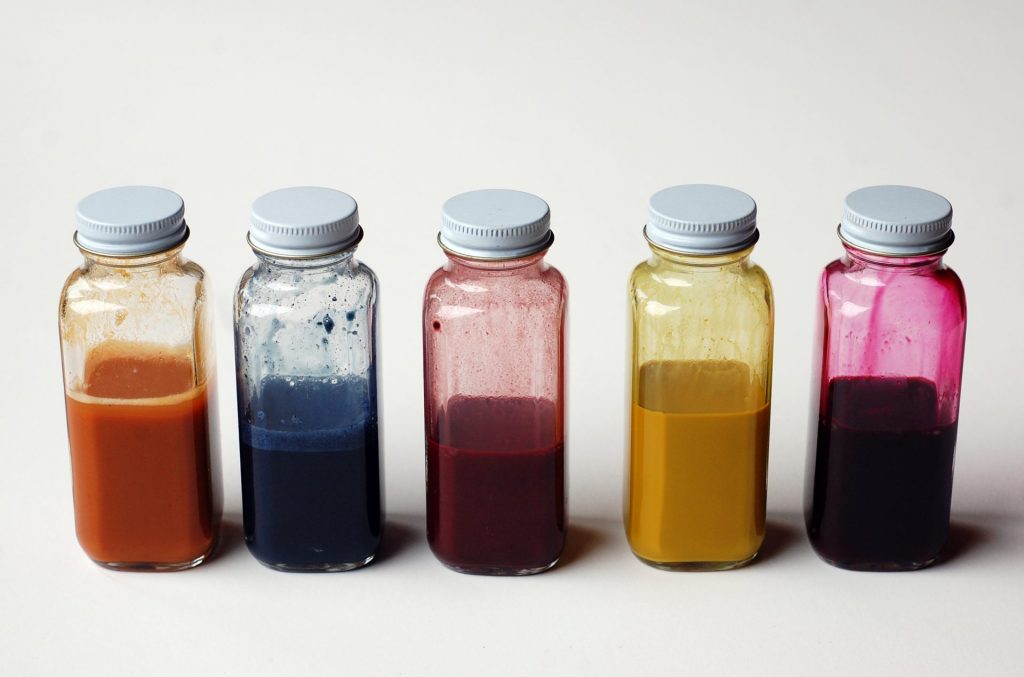
Get creative! use your dye baths to make pigments, paints and pastels: On a past FEEDBACK FRIDAY featuring artist and educator Natalie Stopka, Natalie focused on creative processes rooted in the natural world. Her pursuit of historical surface patterning techniques includes natural dyeing, lake pigment extraction, marbling, and printmaking. Her creativity alone will make you use up all those dye baths!
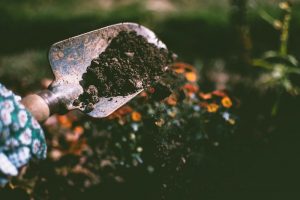
Compost to increase your dye garden’s soil health: The Kiss the Ground documentary says “Did you know that building healthy soils on a global scale is one of the best ways to draw down enough carbon to prevent a catastrophic climate crisis? ―And carbon storage isn’t soil’s only superpower; the ways that soil stands to positively impact the lives of billions worldwide are tangible and immediate: replenished water cycles, restored fertility, and regenerated ecosystems. What’s not to love?”
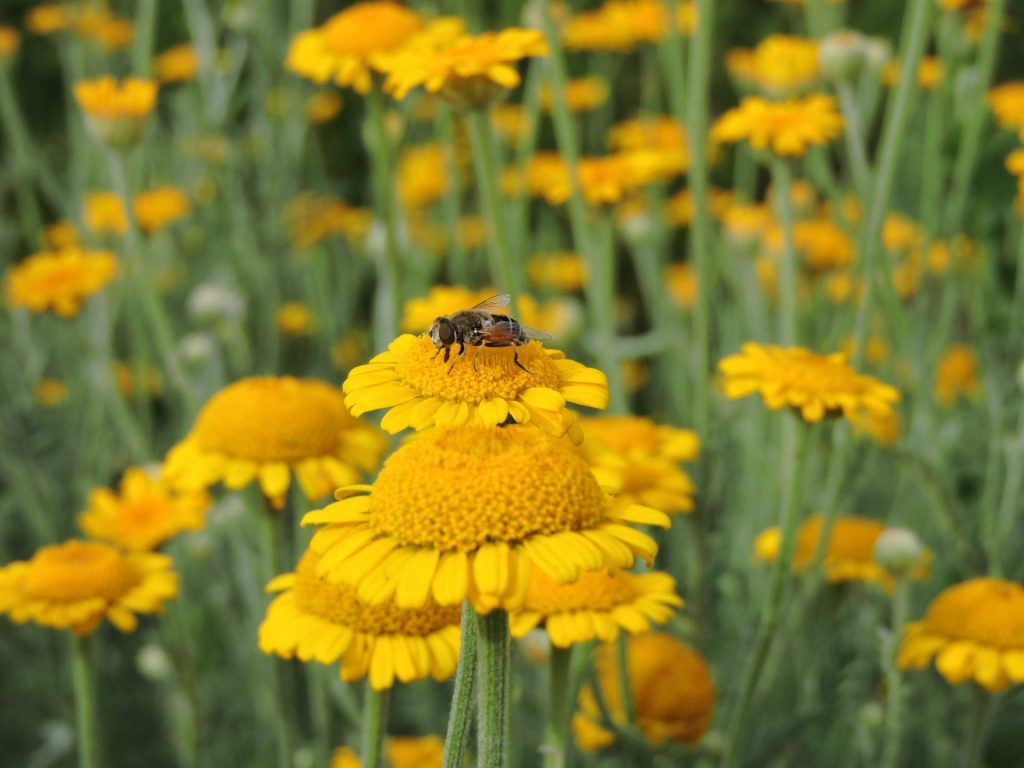
(PLEASE) Stop using pesticides and herbicides on your natural dye plants: Lots of articles are coming out on the impacts of phosphorous and nitrogen on our watersheds. The New Yorker recently published “Phosphorus Saved Our Way of Life—and Now Threatens to End It.” Grim news on how fertilizers are making bodies of water die from suffocation. Google recent news on it and you’ll see what we mean. It’s basically destroying water worldwide. Stop.
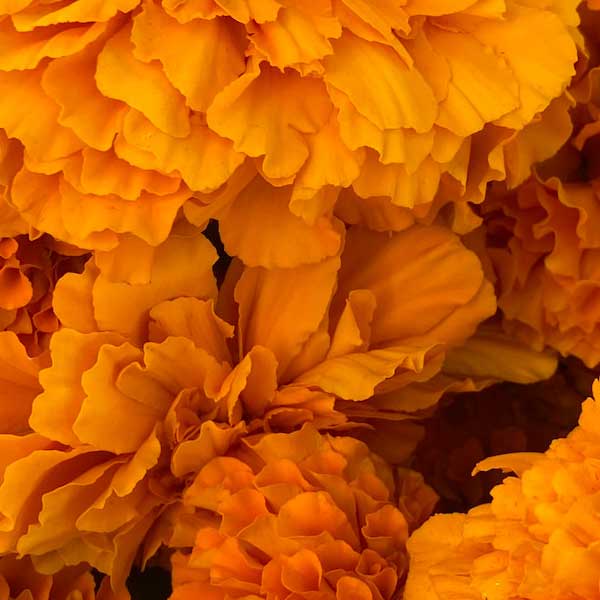
Plant pollinator flowers: Native pollinator plants are highly efficient at absorbing carbon dioxide through photosynthesis and moving it deep into the roots to be released and trapped in the soil — so the bigger the root system, the more carbon dioxide trapped. We’re also loving these waste wool pellets from Wild Valley Farms in Utah that use wool to hold water. The pellets expand the soil around the root system to grow as well as to take in water in times of drought. Huge fans here.
Shop all our dye plant seeds here.
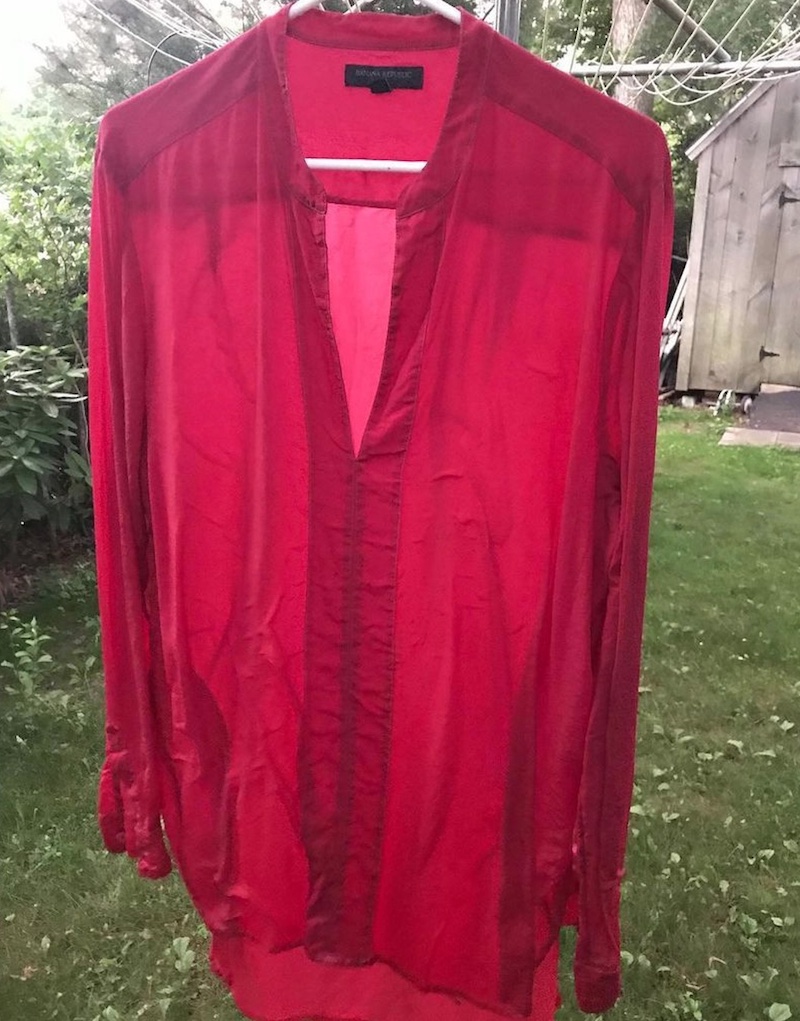
Stop buying new textiles for dyeing and opt for used! Water is used in every single part of the creation of our textiles. From farming to dyeing, the amount of water used is mind-blowing. According to Christina Dean on Fashion Revolution, the number of garments produced annually has doubled since 2000 and with an estimated 92 million tons of textile waste created annually from the fashion industry. Shockingly, every second, the equivalent of one garbage truck of textiles is landfilled or burned globally. Get creative and save the planet!

Plant food and dye plants together: Create shade for your soil with other plants and water less during dry months in your area. Consider cover cropping which is used to keep the soil protected with other plants. The main purpose is to increase soil fertility and soil quality; to manage soil erosion; improve water retention; manage weeds, pests, and diseases; and to increase biodiversity and native wildlife.
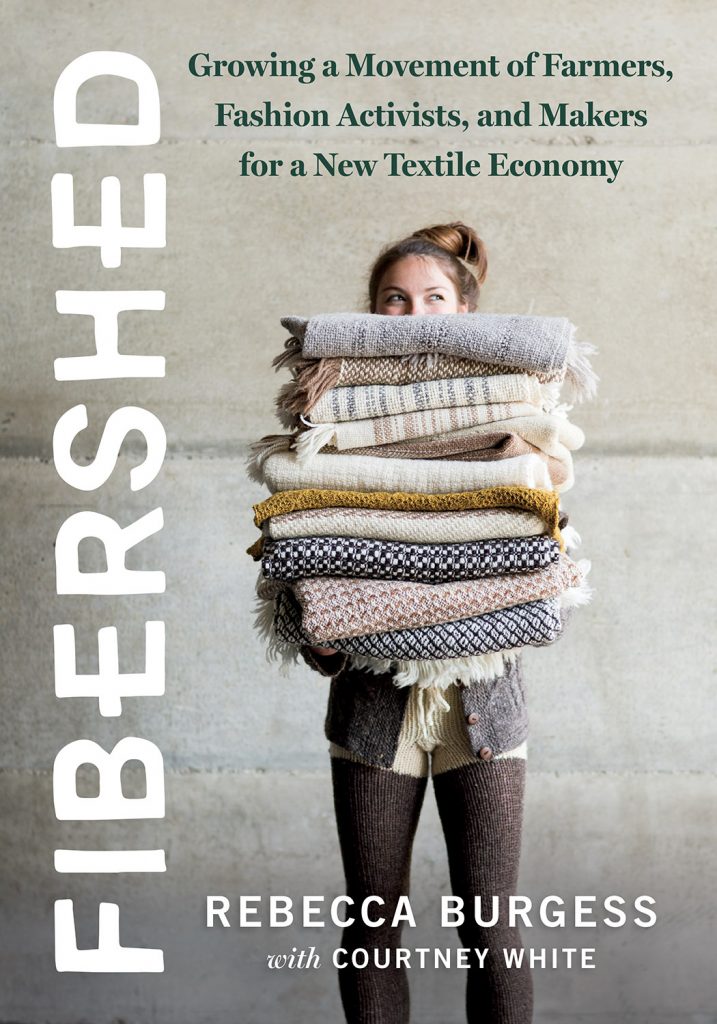
In Fibershed, readers will learn how natural plant dyes and fibers such as wool, cotton, hemp, and flax can be grown and processed as part of a scalable, restorative agricultural system. Learn how fibersheds all over the U.S. are taking on water issues as well as building local knowledge on how to get back to creating regional fiber and dye infrastructure.
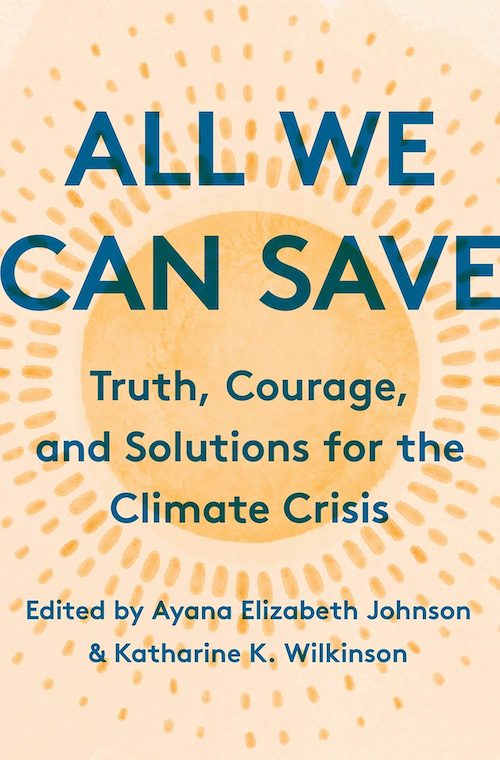
Not sure where to start to get inspiration flowing? Try out All We Can Save: Truth, Courage, and Solutions for the Climate Crisis. This anthology contains deep and rich ideas about how women are organizing into leadership roles to confront climate change. Clear voices representing generations, races, cultures, science, technology and art help us understand what happened to the world and how we can save all we can. Get ready because the women artists, writers, activists, thinkers are both moving and inspiring. They are leading us away from fear and despair and toward the truth and effective action. Edited by Dr. Ayana Elizabeth Johnson and Dr. Katharine Wilkinson.
